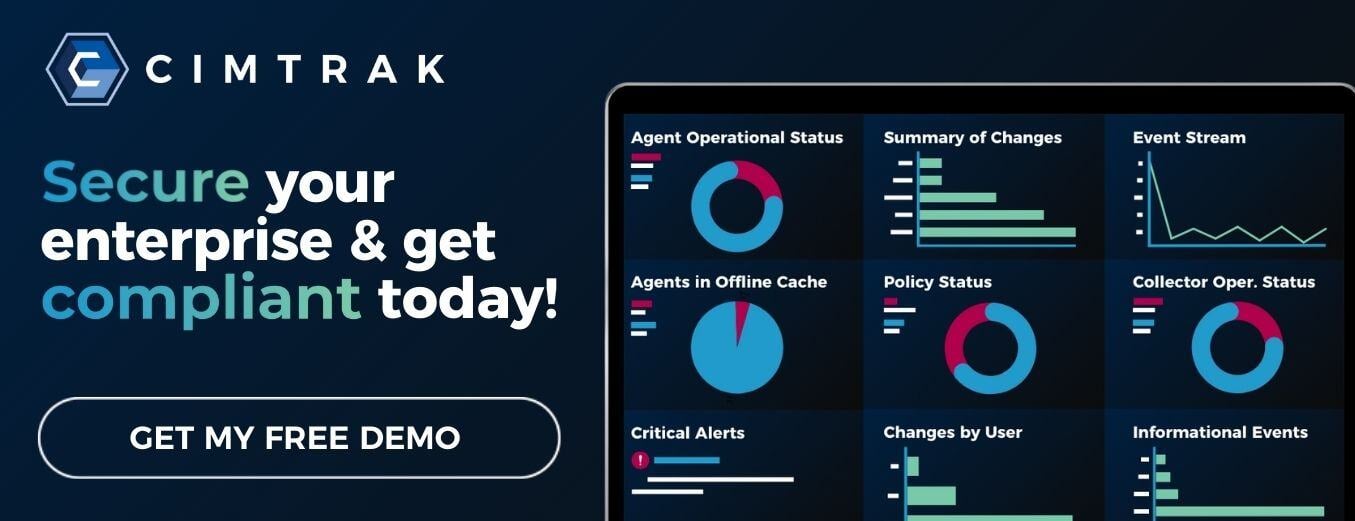In today's interconnected world, where digital transformation is the driving force behind organizational operations, securing critical IT infrastructure has never been more essential. Among these components, Microsoft Active Directory stands out as a linchpin that underpins the security and functionality of myriad businesses globally. However, with great power comes great vulnerability, and Active Directory has increasingly become a prime target for cybercriminals seeking to exploit its widespread adoption.
Importance of Active Directory
Microsoft's Active Directory (AD) serves as the central nervous system of an organization's IT environment, managing user permissions, network resources, core systems, applications, and sensitive data. As Bob Bobel, CEO of Cayosoft, aptly put it, an AD outage brings business operations to a grinding halt, illustrating the pivotal role it plays in daily activities.
Security Challenges and Attractiveness to Hackers
With over 90% of Global 1000 organizations relying on Active Directory, it represents a coveted target for malicious actors aiming to infiltrate company networks. The comprehensive access granted by AD, including control over web applications and resources, makes it an enticing entry point for cyber attacks. Ransomware perpetrators, in particular, exploit AD vulnerabilities to encrypt crucial systems, leading to devastating consequences.
Impact of Cyberattacks on Active Directory
The aftermath of a cyberattack targeting Active Directory is nothing short of catastrophic. By seizing administrative control, hackers can paralyze an organization's operations, impede employee productivity, disrupt supply chains, and compromise customer service. The financial repercussions of prolonged AD downtime are staggering, with potential losses running into millions of dollars per day for large enterprises, underscoring the urgency of enhancing AD security measures.
Mitigating Risks and Ensuring Resilience
To fortify defenses against AD-related threats, organizations must embrace multi-factor authentication (MFA) and adopt a zero-trust approach to network security. By implementing user governance protocols, establishing robust change monitoring mechanisms, and devising comprehensive incident response strategies, companies can bolster their readiness to combat cyber-attacks effectively.
The Role of CimTrak in Enhancing Active Directory Security
CimTrak offers a proactive approach to safeguarding Active Directory infrastructure. Through continuous monitoring, real-time threat detection, and automated recovery capabilities, CimTrak empowers organizations to thwart cyber threats and restore AD functionality swiftly in the event of an attack. By leveraging CimTrak's advanced features, companies can bolster their cybersecurity posture and protect their most valuable assets from unauthorized access and exploitation.
Safeguarding Active Directory is not merely a technical imperative but a strategic necessity for modern enterprises. By understanding the challenges, implementing best practices, and leveraging cutting-edge solutions like CimTrak, organizations can mitigate risks, enhance resilience, and uphold the integrity of their IT infrastructure in the face of evolving cyber threats.
Tags:
.png?width=50&height=50&name=Kayla%20%20(1).png)
August 22, 2024




